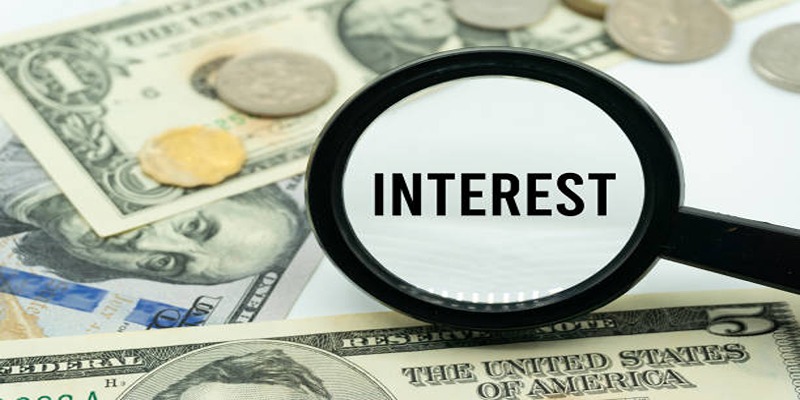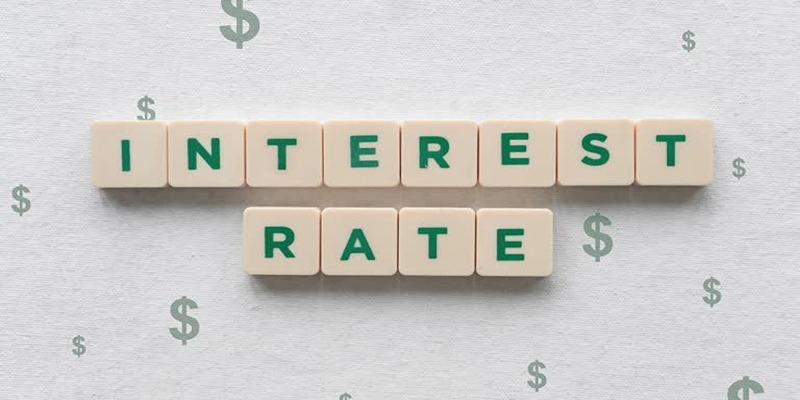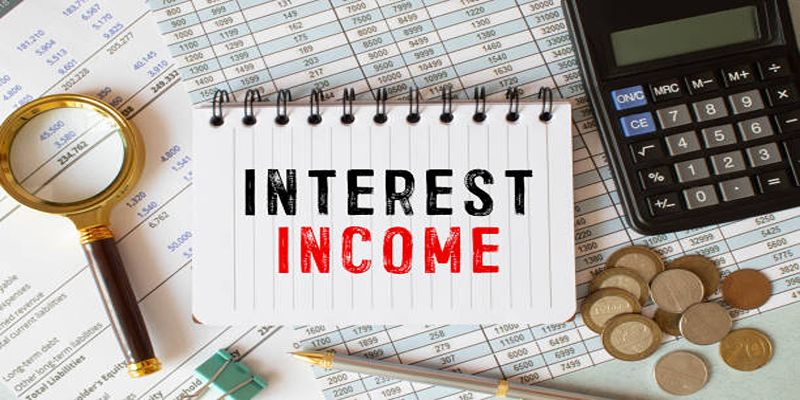Ever wondered how much $1 million can grow in a year with interest? Whether earned, inherited, or invested, understanding potential returns on such a sum is key to smarter financial choices. This blog breaks down how much interest $1 million can earn annually, explores investment options, and provides insights to help you align your money with your financial goals. Let’s dive into the possibilities!
Factors That Affect Interest Earnings

Before we calculate how much interest you can earn, it’s important to understand the factors that can influence your earnings:
Interest Rate
The most critical factor is, of course, the interest rate. Higher interest rates mean greater potential for returns. However, higher returns often accompany higher risks.
Type of Investment
From savings accounts to mutual funds, different investment instruments offer varying rates of return. The type of investment you choose significantly affects your earnings.
Compounding
Compounding frequency works like magic when it comes to your money. Interest earnings can be calculated annually, monthly, or even daily. The more frequent the compounding, the greater your overall returns.
Economic Climate
Interest rates are not fixed; they often fluctuate based on the economy. The Federal Reserve, inflation, and other economic indicators can all influence rates across different investment types.
With these factors in mind, let's explore the most common options for earning interest on $1 million.
Low-Risk Investment Options
Lower-risk choices generally offer more predictable, though often smaller, returns. These options are suitable for individuals who prioritize preserving their capital.
Savings Accounts
- Interest Rate: Typically 0.50% to 1.00% annually
- Potential Earnings:
- At 0.50% interest, you would earn $5,000 after one year.
- At 1.00%, you could earn $10,000.
Savings accounts are a secure option because they are insured by the FDIC (up to $250,000 per account, but banks often offer solutions to extend this coverage). However, the interest rates are usually low, meaning you won't gain much compared to other options.
Certificates of Deposit (CDs)
- Interest Rate: 2% to 4% annually depending on the term length
- Potential Earnings:
- At 2%, you could earn $20,000 in one year.
- At 4%, your earnings would increase to $40,000.
CDs offer better rates than savings accounts, particularly when you lock your funds for longer periods. However, early withdrawals can result in penalties.
Treasury Bonds
- Interest Rate: 3% to 4% annually (as of recent years)
- Potential Earnings:
- With a 3% yield, you could earn $30,000 in a year.
- At 4%, you would make $40,000.
Treasury bonds have historically been a trusted option for low-risk, steady returns. Backed by the U.S. government, they’re ideal for those seeking stability.
Moderate Risk Options
If you’re willing to introduce a moderate level of risk, these options could generate better returns while still maintaining a relatively safe earning environment.
High-Yield Savings Accounts
- Interest Rate: 2% to 3.5% annually
- Potential Earnings:
- At 2%, you could earn $20,000.
- At 3.5%, expect $35,000 in a year.
Offered by online-only banks and some traditional banks, high-yield savings accounts provide better returns than standard savings accounts. However, they still lack the earnings potential of other moderate-risk investments.
Corporate Bonds
- Interest Rate: 3% to 6% annually
- Potential Earnings:
- At 3%, your profit could be $30,000 in one year.
- At 6%, you’d earn a substantial $60,000.
Corporate bonds carry more risk than government-issued options, but they make up for it with higher returns. Just be sure to research the creditworthiness of the issuer.
Real Estate Investment Trusts (REITs)
- Interest Rate: 4% to 7% annually
- Potential Earnings:
- At 4%, you earn $40,000.
- A 7% return would bring in $70,000.
REITs offer a great way to invest in real estate without directly owning property. However, market conditions can impact performance.
High-Risk, High-Reward Options
For investors with a strong risk appetite and long-term financial flexibility, high-risk options can potentially turn $1 million into significantly more. Keep in mind that higher risk comes with the possibility of losses.
Stock Market
- Interest Rate: Historically averages 7% to 10% annually (after inflation)
- Potential Earnings:
- At 7%, you could earn $70,000 in a year.
- At 10%, your earnings might jump to a remarkable $100,000.
Investing in stocks requires knowledge and research. While you might experience high returns, market volatility can lead to losses as well.
Peer-to-Peer Lending
- Interest Rate: 8% to 12% annually
- Potential Earnings:
- At 8%, you'd gain $80,000 in one year.
- A 12% return could mean $120,000 in profits.
Platforms like LendingClub and Prosper allow investors to lend money to individuals or businesses. While returns are high, there’s always the risk of default.
How Much Should You Expect to Earn?

The amount of interest you can earn on $1 million hinges on your chosen investment strategy. To illustrate:
- Low-risk options (e.g., savings accounts, CDs) yield $5,000 to $40,000 annually.
- Moderate-risk options (e.g., REITs, high-yield savings) yield $20,000 to $70,000 annually.
- High-risk options (e.g., stocks, cryptocurrencies) have the potential to earn $70,000 to $120,000 or more annually, but with increased uncertainty.
Choosing the best option depends on your financial goals, risk tolerance, and investment horizon.
Making Your Money Work Harder for You
Earning interest on $1 million is about more than just the numbers. It’s about aligning your financial strategies with your life goals. Here are some essential tips:
- Diversify your investments to minimize risks.
- Stay informed about market trends and economic factors.
- Talk to a financial advisor to fine-tune your strategy.
- Consider compounding returns for long-term growth.
With careful planning and research, your $1 million can grow into an even more impressive figure.
Conclusion
It is important to remember that having $1 million is a significant milestone, but it is not the end goal. It is essential to have a clear understanding of your financial goals and priorities in order to effectively manage and grow your wealth. With strategies such as diversification, staying informed about market trends, seeking professional advice, and leveraging compounding returns, you can make the most out of your $1 million and achieve long-term financial success.











